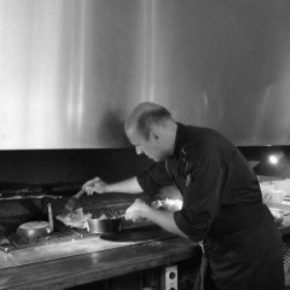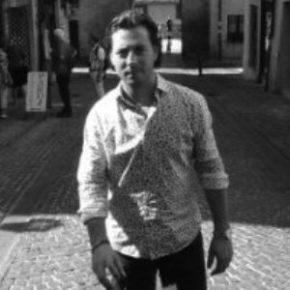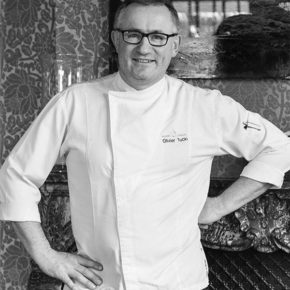-
25000-35000 FT

-
225-350

-
6 RIDING DAYS

-
2 RACE DAYS

Liege-Bastogne-Liege is the oldest of the Spring Classics, begun in 1892. Defined by the Ardennes, the race climbs through the thick forests in a fearsome sequence. This progression leaves only the strongest and most determined riders and it is the only major monument that passes the hours waiting for the peloton to return to its starting locale, eager to assess the damage and pronounce a victor.
$6200TRIP HIGHLIGHTS
DAYS
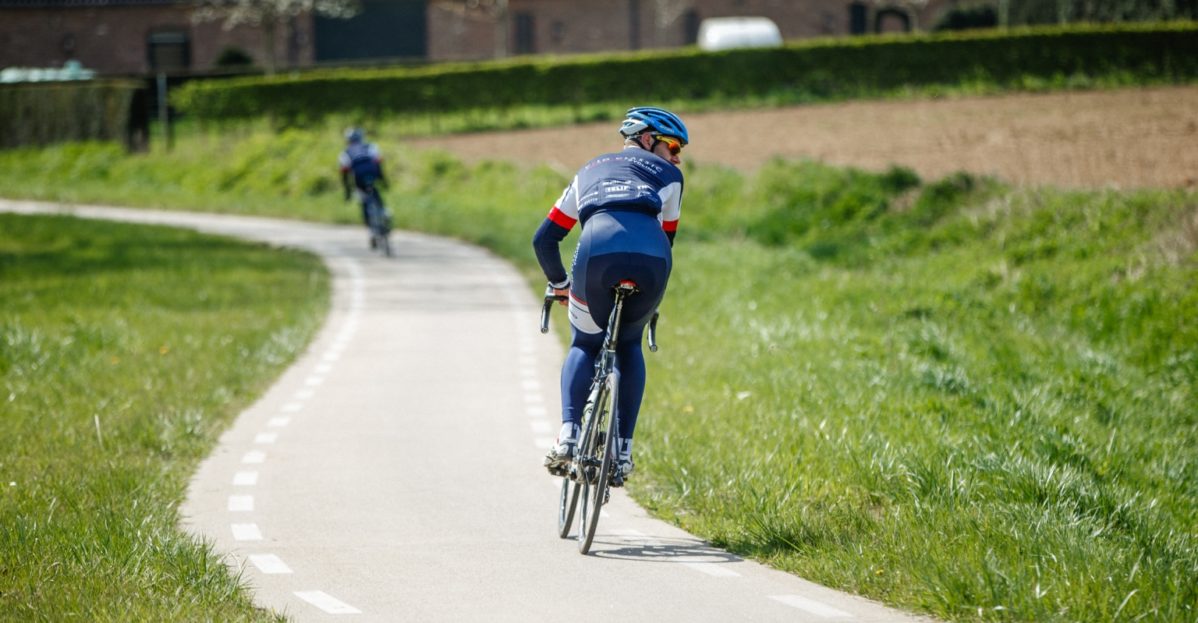
Crossing into Belgium, the low rolling hills of Limburg are replaced by the forested hills of the Ardennes. Along the way, we’ll stop at the Abbey du Val Dieu, known for its limited release abbey blonde ale, and we’ll trace the Route of Legends Ardennaise, a course tracing the history and sites of the region, including the Grottes de Remouchamp. Dinner this evening is with legendary Belgian Chef Frederic Caerdinael. Ride: 45-60 miles Overnight: Durbuy/Hotel Les Sanglier des Ardennes

TRIP HIGHLIGHTS
DAYS
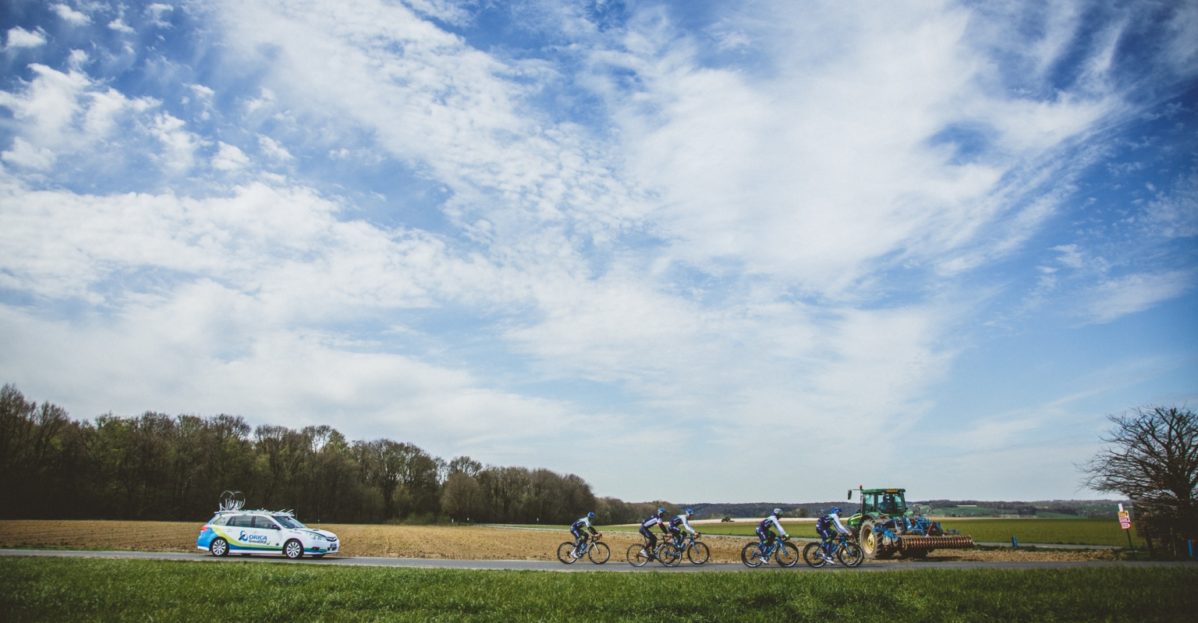
Today we ride the midweek semi-classic La Fleche Wallonne, known for its hills, and in particular, the Mur de Huy. The circuit that defines the men’s and women’s races consists of 7 climbs. First run in 1936, La Fleche used to be run a day before Liege-Bastogne-Liege as part of the La Weekend Ardennais. The Mur de Huy has been the finish for La Fleche Wallonne since 1983 for the men and since 1998 for the women. Ride: 40-80 miles Overnight: Durbuy/Hotel Les Sanglier des Ardennes

TRIP HIGHLIGHTS
DAYS
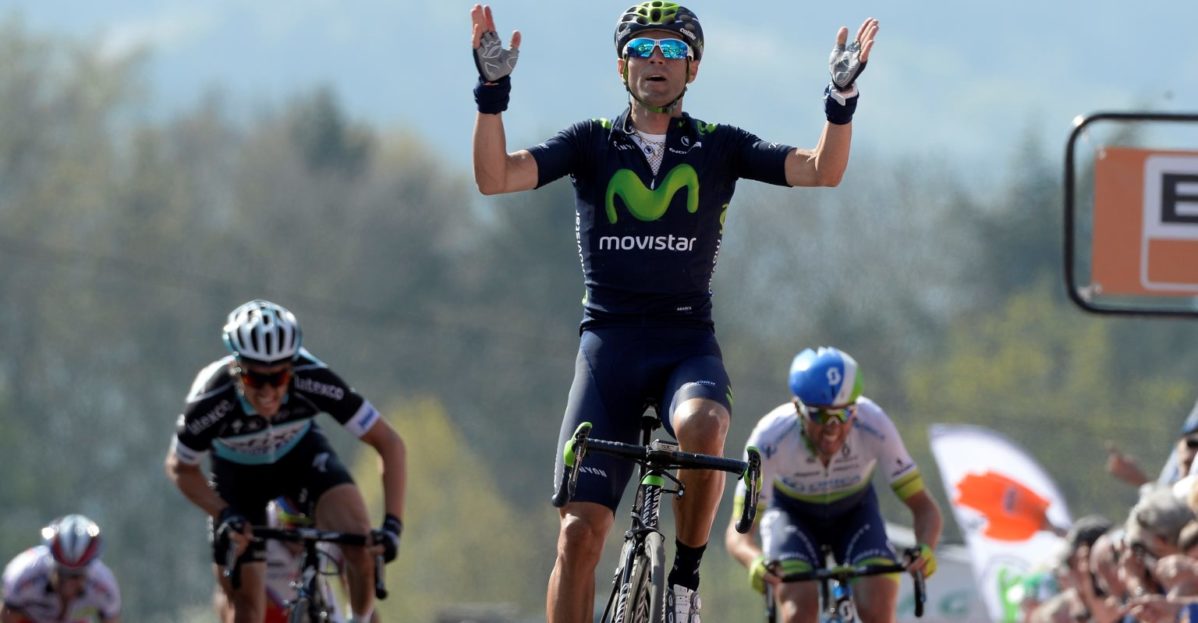
La Flèche Wallonne was created to boost sales of Les Sports and first ran in 1936. The circuit consists of the Mur de Huy, and the Côtes d’Ereffe, de Bellaire, de Bohissau, de Solières and de Cherave. For the men it’s a proving ground for Liege-Bastogne-Liege; for the women, it’s about difficulty and prestige. Alejandro Valverde has won a record four times and Dutch woman Anna van der Breggen has claimed two in a row. Ride: 50 miles Race: La Fleche Wallonne Overnight: Durbuy/Hotel Les Sanglier des Ardennes

TRIP HIGHLIGHTS
DAYS
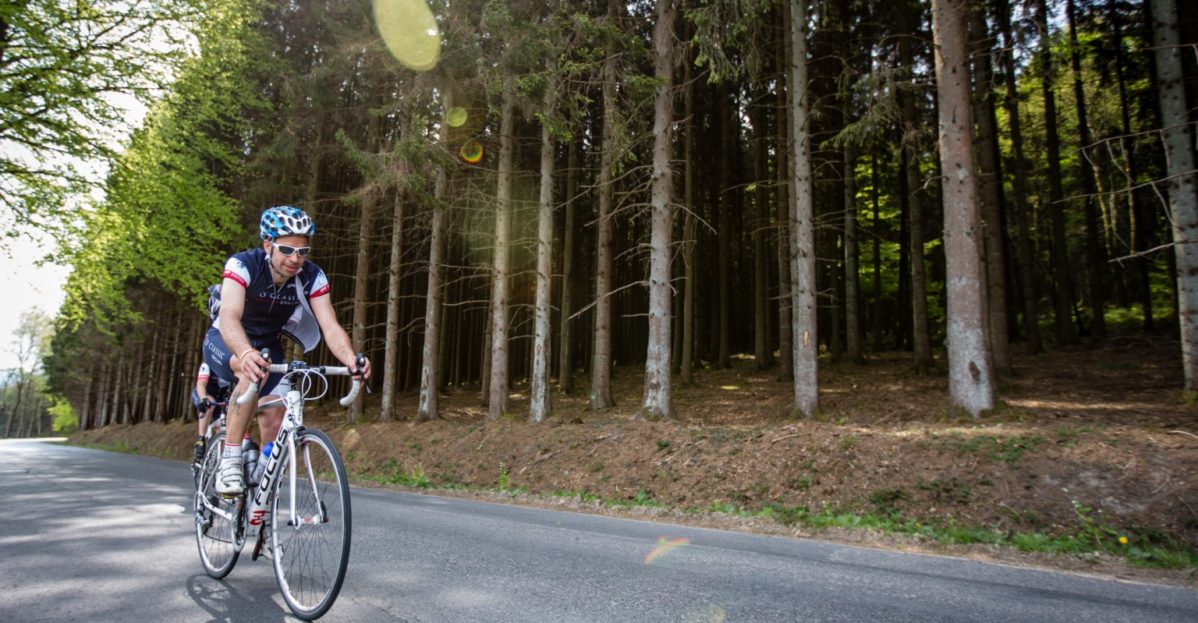
The first day of our Liege-Bastogne-Liege trilogy. Heading deeper into the Ardennes, we’ll trace the early portion of the course including the Cote de la Roche-en-Ardenne and the short and steep Cote St. Roch. The constant undulations give good credence to why this race is considered the hardest of the classics. Following our ascent of the Col du Rosier the luxurious grounds of the Manoir de Lebioles await, as does the refined cuisine of chef Olivier Tucki. Ride: 60-75 miles Overnight: Spa/Manoir de Lebioles

TRIP HIGHLIGHTS
DAYS
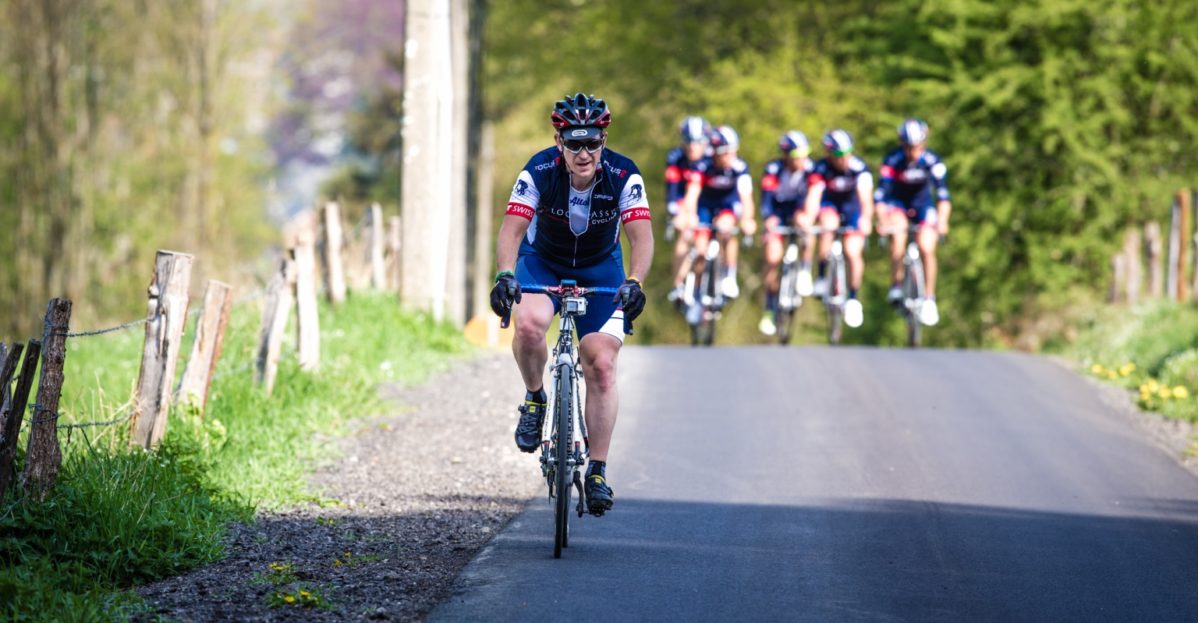
“No man has ever won Liege-Bastogne-Liege on luck.” To better understand this, one must ride the portion of the racecourse that defines its difficulty. Every race has its crucible, and here its the Cote de La Redoute, a menacing 2.2 kilometer climb that cannot be underestimated. We’ll also climb the Cote de Wanne, Cote de Haute-Levee, Cote Stockeu, Col du Rosier and the Col du Maquisard. And we’ll do it with the pro teams in sight as they recon the course. Ride: 55-75 miles Overnight: Spa/Manoir de Lebioles

TRIP HIGHLIGHTS
DAYS
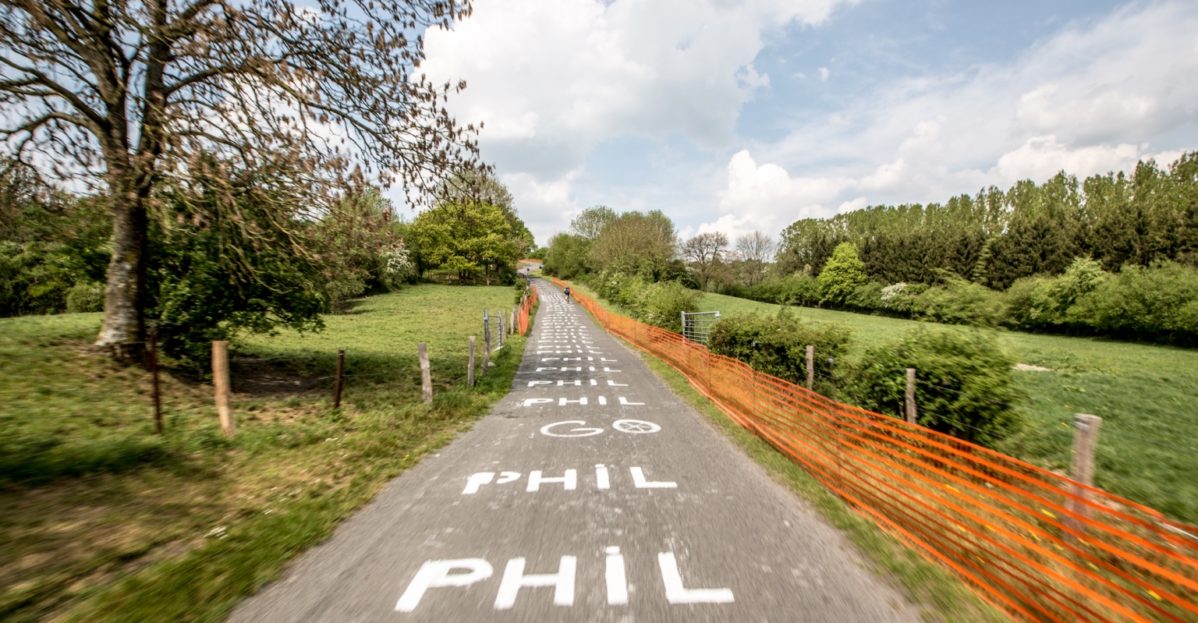
The final day of our trilogy puts this race into daunting perspective- 10 categorized climbs and enough vertical feet to match a tough day in the mountains in a Grand Tour. We’ll finish off with a visit to the Stan Ockers memorial, a native of Les Forges who did Le Double Ardennais in 1953 before winning the world championship in 1955. His died tragically in a track race accident in Antwerp the following year. Ride: 45-60 miles Overnight: Spa/Manoir de Lebioles

TRIP HIGHLIGHTS
DAYS
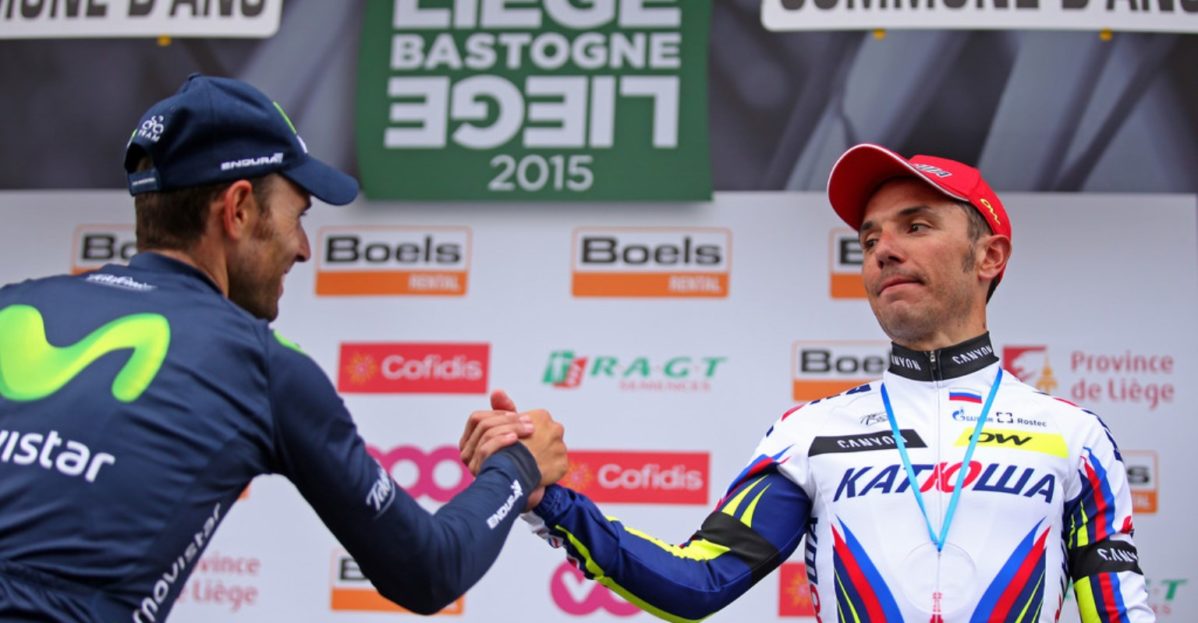
Few things can match the anticipation on the morning of a spring classic- the nerves, the energy, the excitement. From Leon Houa in 1892 to Eddy Merckx’s record five victories, the peloton departs the gritty urban streets of Liege to fight it out across the hills of the Ardennes, to return for a chance at glory after 253 kilometers and lay claim as the victor of La Doyenne. Race: Liege-Bastogne-Liege Overnight: Spa/Manoir de Lebioles

TRIP HIGHLIGHTS
DAYS
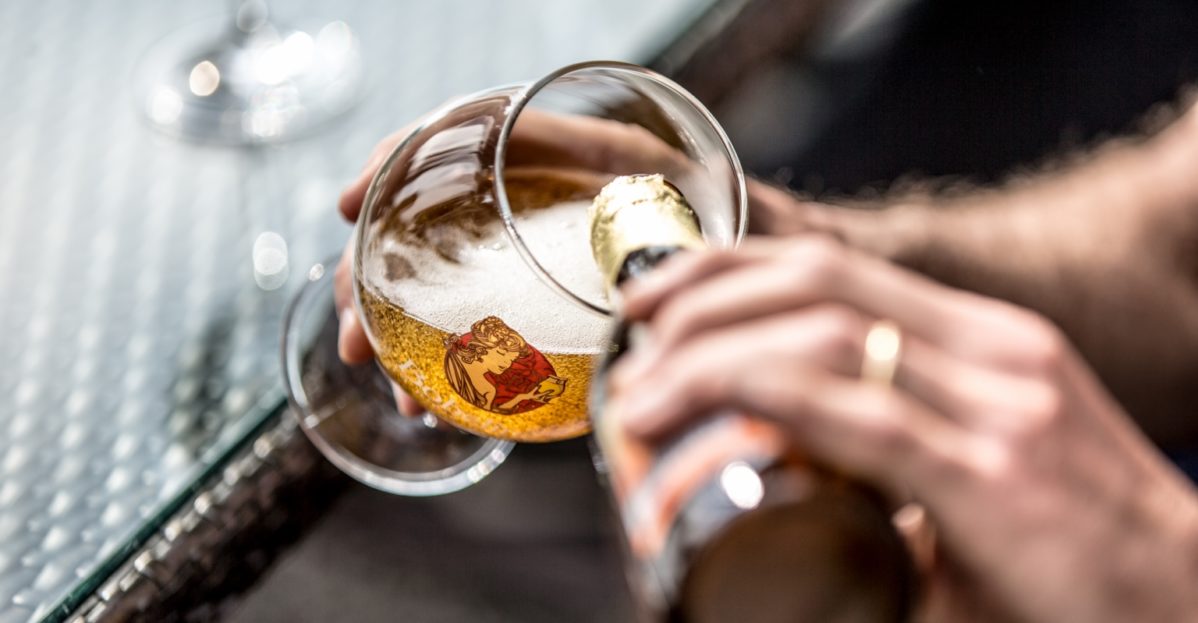
Another spring classics season has come to a close, its champions crowned, its legends created. The famed roads of La Fleche Wallonne and Liege-Bastogne-Liege, across the Ardennes, have been conquered, brought to life on and off the bike. Your next legend awaits and until then we’ll get you where you need to go today to get home.

A TASTE OF THE ARDENNES
HOSPITALITY ROOTED IN THE HILLS
LE WEEKEND ARDENNAIS
THE FEARSOME DUO OF FLECHE AND LIEGE
The semi-classic Fleche Wallonne- first run in 1936- and its older brother, Liege-Bastogne-Liege, founded in 1892, were for a period run on consecutive days to make up what was known as Le Weekend Ardennais. The competition awarded an overall trophy to the highest combined finisher in both races. The competition ran from 1950-194, and then again from 1993-1997. Swiss rider Ferdi Kubler (’50, ’51), Belgian Frans Schoubben (’57, ’59) and Frenchman Laurent Jalabert (’95, ’97) were the three repeat winners. Kubler won both races both years, Schoubben was victorious in the 1957 Liege-Bastogne-Liege and Jalabert won La Fleche Wallonne both years.
FEATURED Article
The Jekyll and Hyde of Belgian Cycling
Ralph Waldo Emerson said never lose an opportunity to see anything that is beautiful. There is a moment of great anticipation that cradles the beauty of La Flèche Wallonne just…
read more-
FEATURED Article
The Crucibles of the Classics
FEATURED Article
The Crucibles of the Classics
What makes the Spring Classics so special? What is it about the history of these long running races that is so iconic? Does the interest simply come from a long list of winner or is it the tales of brave…
read more -
FEATURED Article
Front and Center: Women's La Fleche Wallonne
FEATURED Article
Front and Center: Women's La Fleche Wallonne
The Ardennes Classics are defined by one thing- hills. Short and steep, long and shallow, narrow roads, wide roads, through forests, fields and urban centers. Unlike its predecessors in Flanders and northern France in the first half of April, the…
read more
"YOUR KNOWLEDGE IS UNPARALLELED"
DAVE ALDESEBAERES PORTLAND, OR“A million thank you’s for a simply wonderful trip, one that I’ll never forget. I had the best time and it was made so easy to enjoy since you and your crew had every base covered. The riding was magical and your knowledge of the racing, history and the pre-access and race viewing is all unparalleled. Absolutely terrific stuff all around!”
Let's Talk
Not ready to book just yet? Want an itinerary? Question about the trip? Let us know how we can help you
